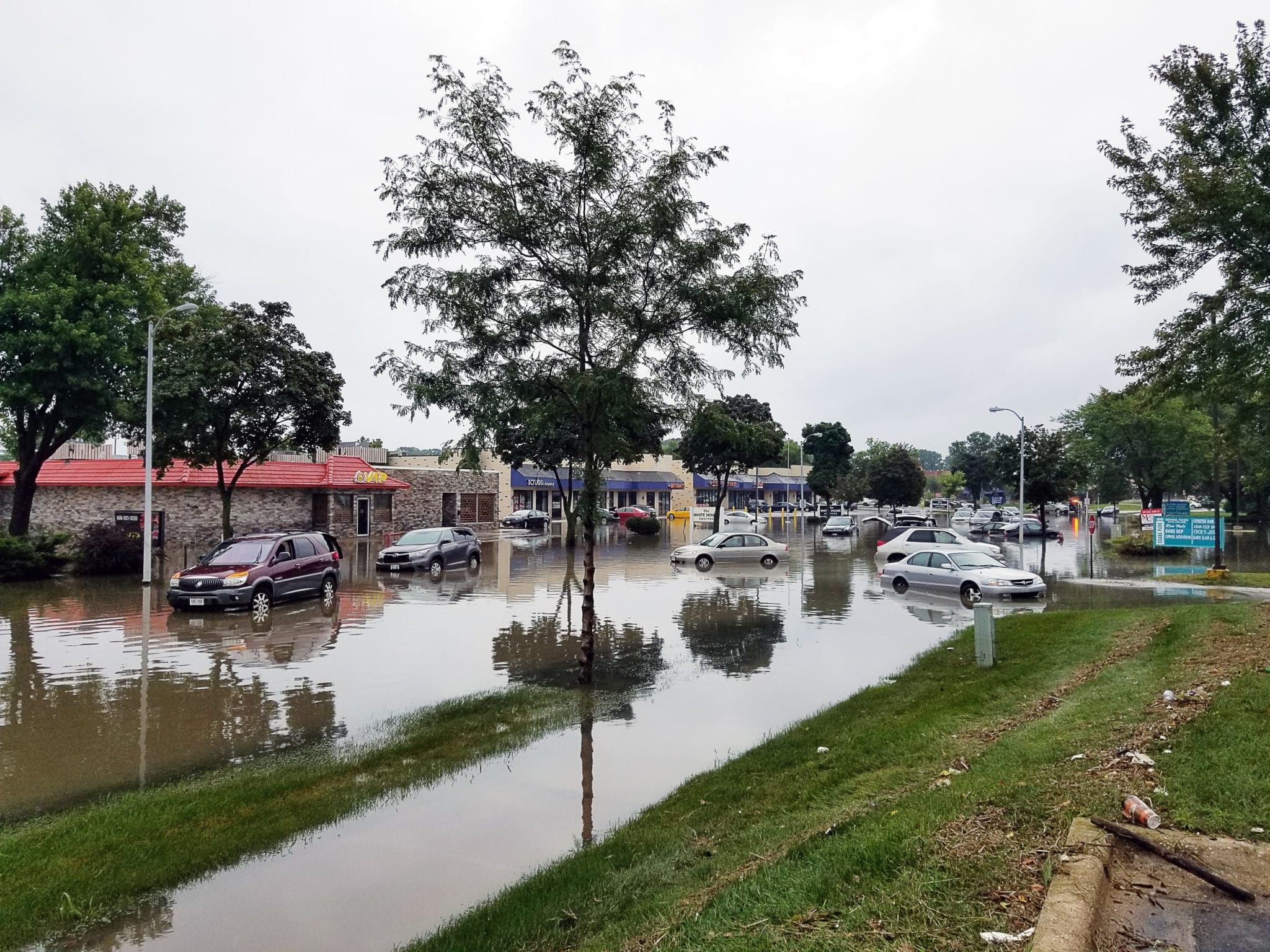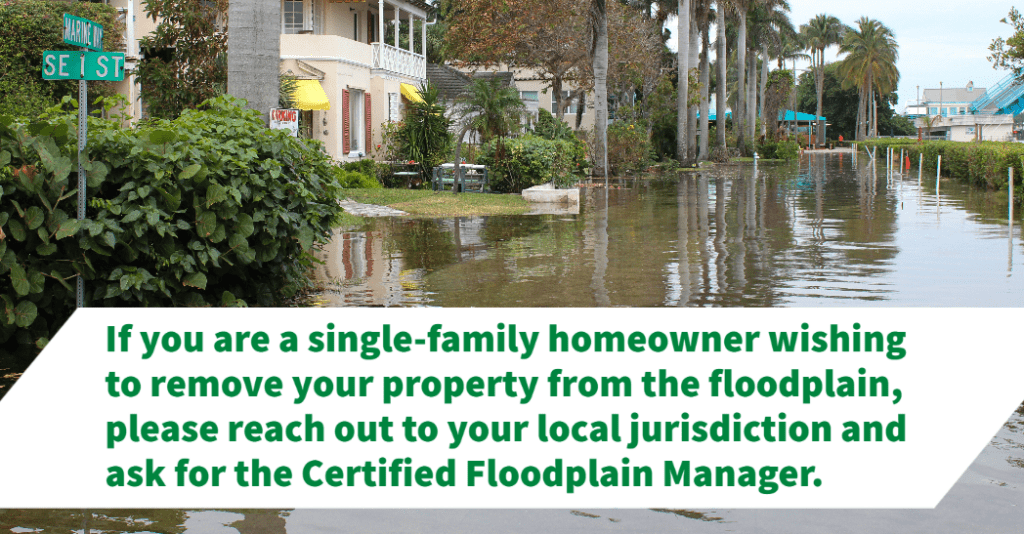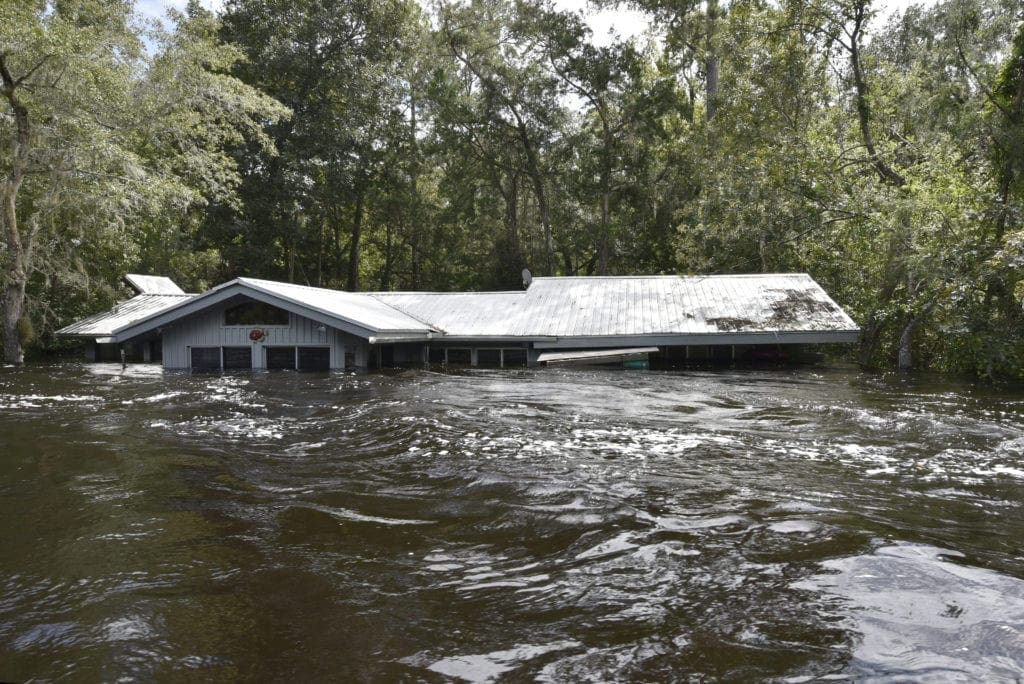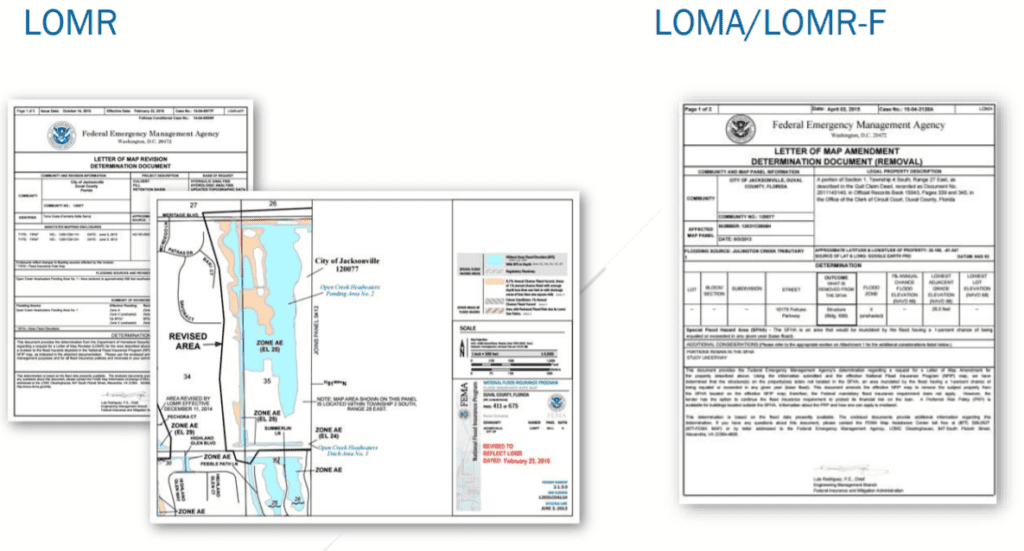
Platform Group to unveil mixed-use development in Boulevard Oaks
The Platform Group, a Houston-based real estate and investment group, will open its first project, a mixed-use retail and office development, this May.
Learn from award-winning professionals — explore our whitepapers, blogs, and the latest industry updates.
Join our dynamic organization of engineers, land surveyors, landscape architects, environmental scientists, and architects!
Talk to a market leader today! We’ll answer any questions you have about our professional services.

Need to determine your property’s flood risk? Let’s take a look at how to know if your property is in a flood hazard area and ways to remedy it.

As a developer and property owner, your revenue model factors in a number of variables related to your property; a significant factor is the cost to insure your development. Many properties are at a distinct risk of flooding during major rainfall events, and, as you may already know, the Federal Emergency Management Agency (FEMA) National Flood Insurance Program (NFIP) delineates which properties have an actuarial risk of experiencing this.
The NFIP Floodplain Insurance Rate Maps (FIRM) are products of this program that are publicly available to any individual interested in seeing the flood risk of their current or prospective property. These maps can get pretty complicated to understand if you aren’t familiar with the hydrologic terminology. So, to put it simply: if your property falls in a zone labeled as a 1% annual exceedance probability zone (Zone AE in most areas) or floodway, then you are within what is referred to as the 100-year floodplain, or the Special Flood Hazard Area (SFHA). Statistically speaking, this is the area that will presumably flood during a rainfall event that has a 1% chance of happening throughout a given year.

So your property is partially or entirely within the floodplain, and you are on the hook for additional flood insurance — and there’s no way to avoid it, right? Not necessarily.
Hydrology is not a perfect science and FEMA recognizes that there are ways to mitigate your risk or demonstrate that your property is mistakenly classified. So they have created a petition process to modify the FIRM map to remove your property from the floodplain. This is done by securing a Letter of Map Change (LOMC).
Depending on your development, there are two main options to securing a LOMC which vary with the design of your structure. Here are the basic types of LOMCs applicable to property owners:

FEMA has standardized application procedures that every property follows. Of primary importance, each type of map change will require the applicant to produce an Elevation Certificate signed and sealed by a Professional Land Surveyor. This document demonstrates that the structure is sufficiently above the floodplain according to local floodplain regulations. If a “conditional” change is requested, then a professional engineer or surveyor must demonstrate that the proposed conditions will also raise the property out of the floodplain and meet local floodplain criteria. It is generally recommended that a professional engineering consultant guide you through this process.
A LOMC can take anywhere from two to six months for final approval from FEMA, so it is important to start the process as soon as possible during your development. Once the letter is secured, you can provide it to your insurance company to reduce or eliminate the flood insurance requirement for your property.

WGI is a national design and professional services firm leading in technology-based solutions for the construction of public infrastructure and real estate development. At WGI, we’re providing Tomorrow’s Infrastructure Solutions Today.

The Platform Group, a Houston-based real estate and investment group, will open its first project, a mixed-use retail and office development, this May.

At WGI, we’ll help your community develop integrated micromobility plans and policies to capture benefits, limit risks and expand choices. From pilot project design to overall mobility planning, we can help you test, scale and incorporate innovative transportation into your community plans.

As a mobility company, WGI is helping clients adjust to technology trends shaping not only transportation, but urban design, parking, and broader access to destinations. Among trends, no other technology has grabbed attention quite like shared electric scooters.

Rezoning isn’t always a forgone conclusion, so it’s important to work with your entitlements team to review the code and possible zoning outcomes.

Creativity is required to serve the “Tenant of Tomorrow” as their needs will likely change as more employees work from home, at least part of the time.

By Marissa Luck – Staff Writer, Austin Business Journal Click Here To Read The Original Article Yet another sky-scraping change is coming to the Rainey
You’ve been searching for a place like WGI. We look forward to meeting you soon.
Sign up to receive emails to hear our latest news and achievements in our monthly newsletter.
Enter your zip code, and we’ll personalize your experience with local projects, office locations, team members, and more.
WGI supports its associates with meaningful opportunities for growth, strong benefits and perks, while we work collaboratively with clients and co-consultants to shape and improve communities.






WGI is a dynamic organization with opportunities nationwide for engineers, land surveyors, landscape architects, environmental scientists, and architects.